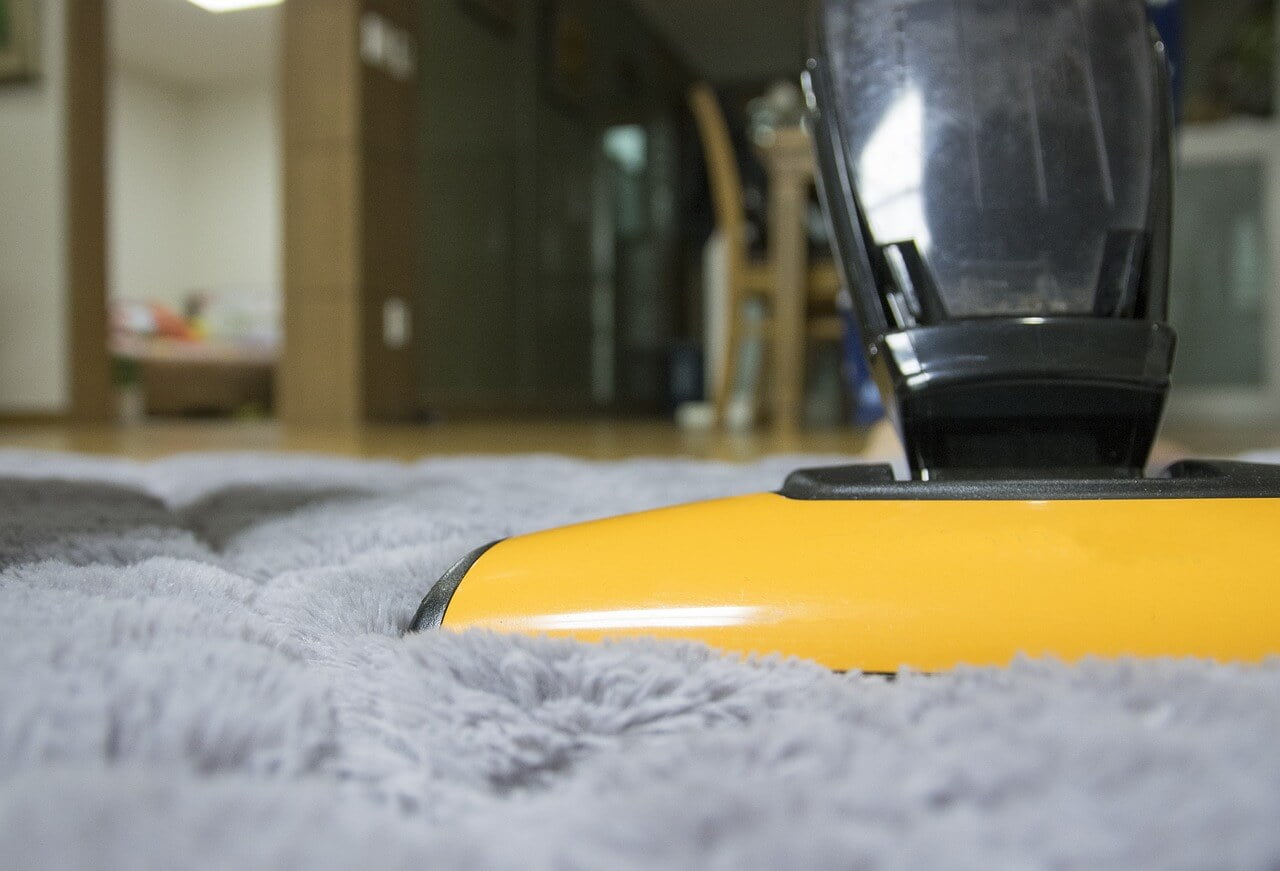What is the Cost-Effectiveness Of a Water Monitoring System?

Water monitoring is not just a utility function; it is a multifaceted financial strategy that can positively impact a property’s financial outlook and long-term value. For landlords and property managers, this provides an opportunity to optimize resource management, increase water efficiency and promote sustainable development, while realizing tangible financial benefits. In this blog, we’ll look at the potential ROI of a water monitoring system and explore the financial, environmental, and operational benefits of implementing such a system.
What is a water monitoring system?
A water monitoring system is a comprehensive solution designed to help you effectively manage and reduce water consumption across your property portfolio. Consisting of a well-coordinated set of core components including smart sensors, artificial intelligence and machine learning, it continuously monitors and analyzes water usage patterns in your buildings to provide real-time information that empowers you to proactively manage your water usage and prevent costly leaks and inefficiency, and reduce environmental impact.
Consider this scenario: At any given time, one in five toilets is leaking. Now consider a typical apartment building with 300 toilets. If we apply this statistic, it means that at any given time, 20% of these toilets are leaking, which amounts to a staggering 60 toilets that are in constant poor condition.
Each moderate toilet leak can result in the loss of 22 cubic meters of water per month. If we take into account water prices, for example, in Santa Monica CA, which are $0.65 per m³, this means that the monthly cost of one leaking toilet will be 14.41$. In the context of our sample building, where we have 60 leaking toilets, this equates to a significant monthly loss of $864.39.
The financial implications become even more clear if we extend this calculation to a year. A whopping $10372.71 is lost annually due to toilet leaks in our example of an apartment building. Water monitoring and leak detection systems are critical to reducing water loss by identifying ineffective infrastructure and potential leaks that may go undetected for long periods of time. This proactive approach ensures that every drop of water is accounted for and used efficiently, resulting in significant savings on your water bills.
Increase in property value and financial leverage
The correlation between lower water bills and increased property values is significant.
Let’s expand on the above example: Let’s say you own a property that generates an annual income of $201909.96 and operating expenses of $103683.49. In this case, the final NOI will be $98226.47. If the building implements the above water conservation measures, which saves $60027.29 per year, this will increase the NOI to $163710.78.
This higher property value also corresponds to an additional financial leverage of $1091405.18 which the property owner can use to refinance the property at its new value, obtain a loan on more favorable terms, or secure additional funds.
This money can then be reinvested in real estate for long-term capital improvements, used to purchase additional properties, or used in other ventures, diversifying income streams and spreading risk. The additional leverage also means that property owners can negotiate better interest rates with lenders due to a lower loan-to-value ratio, which reflects a safer investment for the lender.
Water monitoring and conservation initiatives provide strategic financial opportunities that can significantly enhance a property’s market position and profitability.
Higher level of tenant attraction and retention
Effective water management practices resonate with environmentally conscious tenants who prioritize sustainable living. Water monitoring systems communicate that the property owner or manager is responsible for managing the resource. Tenants who value green properties are more likely to stay longer, which reduces turnover-related costs such as advertising, apartment staging costs and tenant screening.
Additionally, sustainable practices can allow property owners to charge higher rental rates, thereby increasing rental income and, in turn, NOI. According to experts, buildings with “eco” certification can lead to a 31% increase in sales value, a 23% increase in occupancy and an 8% increase in rental income.
Opportunities for grants, tax credits and rebates
Companies and property owners in many regions can take advantage of a variety of financial incentives and support programs to promote sustainable development, including water conservation measures. These initiatives include grants, rebates and tax credits that help offset the costs of implementing environmentally friendly technologies and practices.
Utility-sponsored programs offering reduced rates and credits encourage water conservation efforts, resulting in cost savings and sustainability benefits. This financial support reduces initial investment costs and improves the long-term financial performance of businesses and properties and their environmental responsibility.
Summarizing
In property management, water monitoring systems are essential for protecting investments, conserving precious resources and increasing sustainability. The hidden threats of water leaks and poor water management can lead to significant financial losses, infrastructure damage and environmental damage. However, homeowners and property managers can become the architects of smart water management by adopting proactive strategies and adopting the latest technologies.
Read Other: Navigating Tranquility: A Comprehensive Guide to Renting a Pontoon Boat





